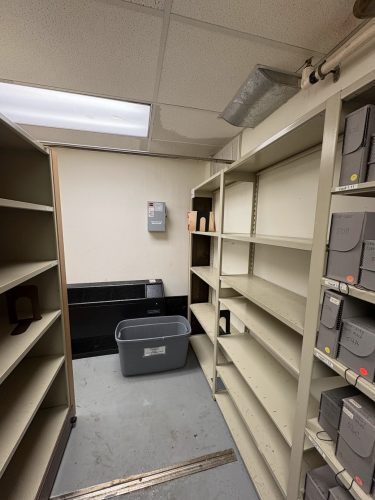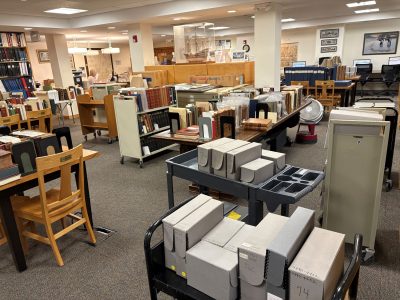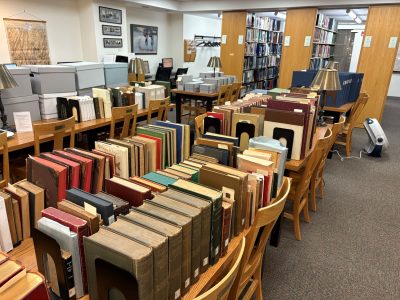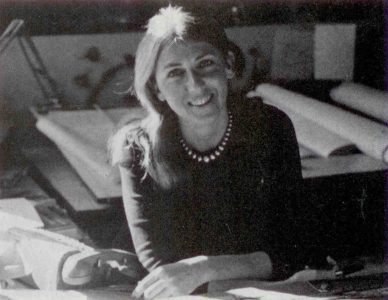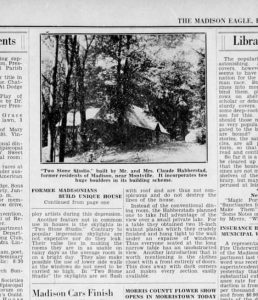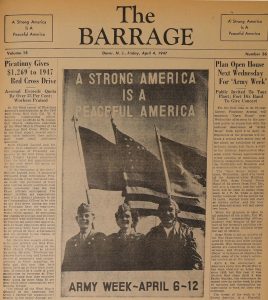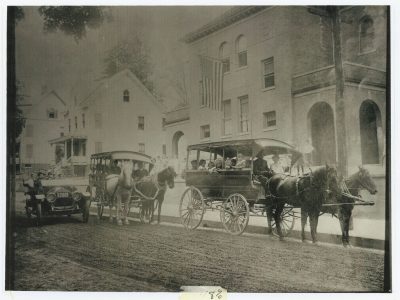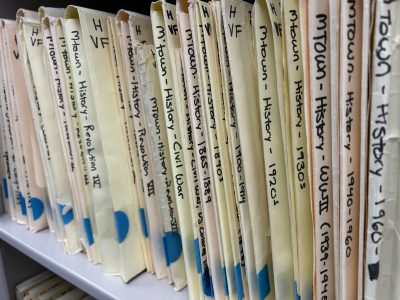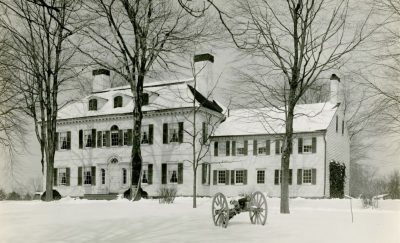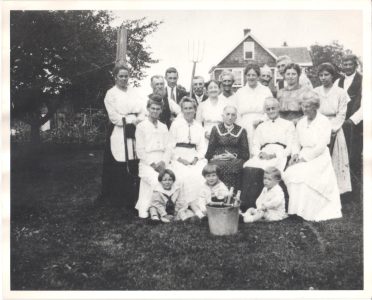The Rockaway Valley Railroad spanned twenty-five miles from White House, New Jersey to Morristown and it operated between 1888 and 1913. The line was primarily built to deliver peach harvests to market from Morris County orchards located near the southern terminus. At peak harvest season, the Railroad shipped as many as seventy carloads of peaches per day.
The railroad’s designer lacked formal civil engineering training and chose to route the line through severe grade changes and curves that led some locals to refer to it as the “Rock-a-Bye-Baby”. Nevertheless, the line served a genuine need for the region’s farmers and the company endeared itself to residents by offering excursions from Morristown to the countryside and providing school children a shortcut on their walk to and from school.
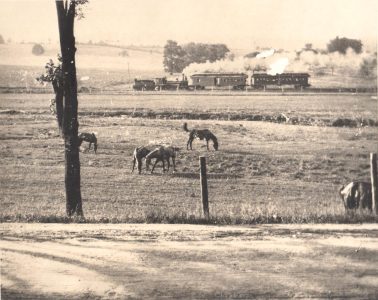
A peach blight in 1904 killed many of the region’s peach trees and subsequent attempts to revamp the railroad’s business model were unsuccessful. By 1913, the business struggled to meet payroll and its final trip concluded on October 18, 1913. Morris County hikers can still traverse portions of the original RVRR route along stretches of Patriot’s Path near Morristown and the Rockabye Meadow Preserve in Peapack Gladstone.
Archivist Jeffrey Moy preserved, arranged, and described the collection. A finding aid to the records may be found here, and they are available for review in the History Center’s reading room during normal Library hours.

